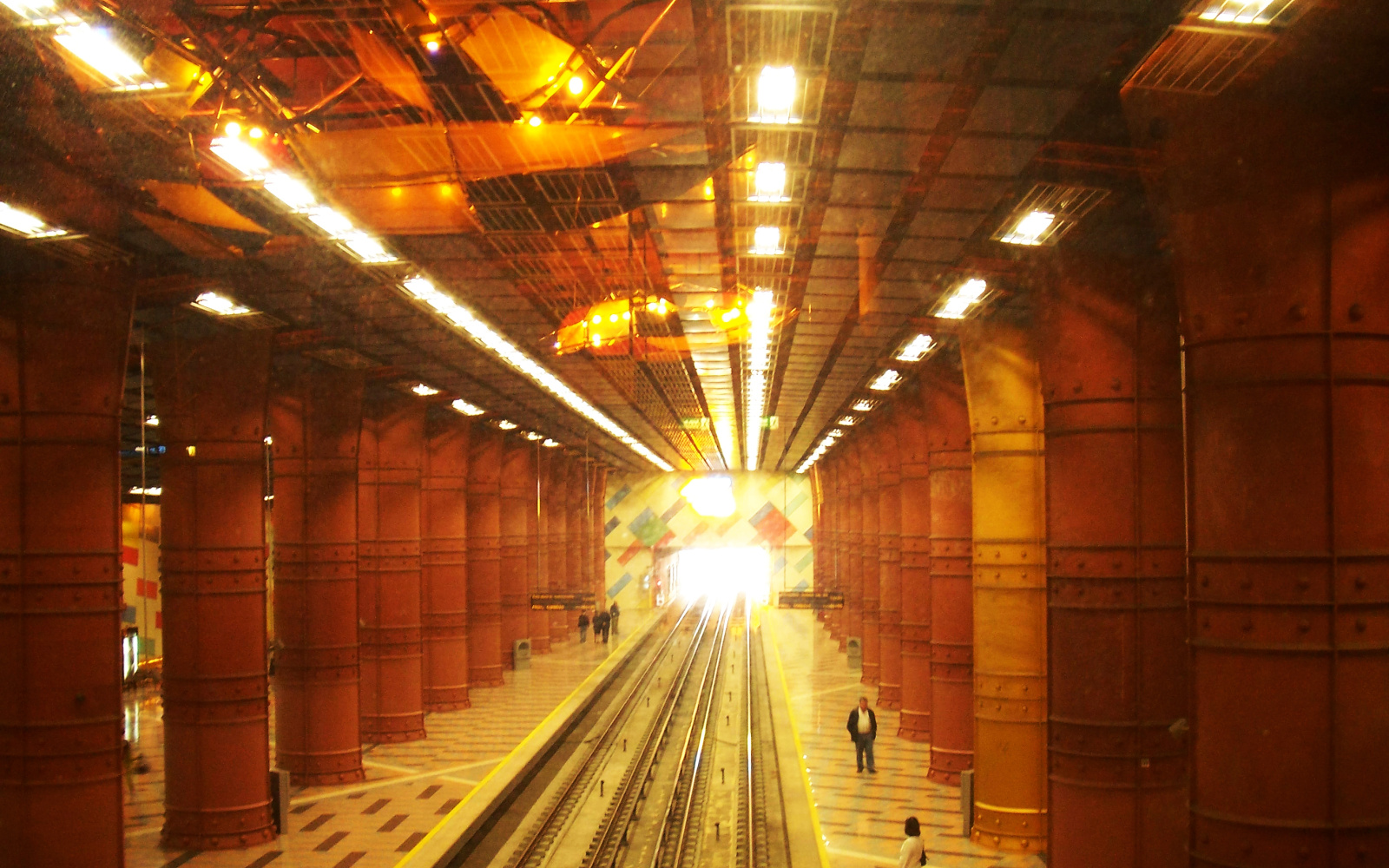Martin Stefanov
The Recreation of the Real. Montage in Benjamin, Adorno, and Deleuze
For Walter Benjamin reality was but a dream, or rather: a nightmare, and art was commissioned to make us wake up from it. Especially film was supposed to be capable of doing so by dismembering visual shards of reality in analogy to the extrafilmic world after World War I – whose actually fractioned status, to Benjamin, was not yet properly acknowledged. So for him the technique of montage, or generally speaking: the program of Surrealism was a critical means to disrupt an over-compact reality, as it did not merely reproduce reality but on the contrary: questioned it.
Adorno later objected that montage was still too weak a principle because dissociation in film only took place between the individual parts but did not affect the artistic texture. What Adorno points to is the fact that the technical principle of montage does not automatically have the value of the esthetic principle of disruption – and the historical development proves him right: both by the self-commercialization of Surrealism and by the development of a film language that was able to lute the break in the visual flow.
It was Deleuze who developed an elaborate analytic language that was capable of naming the difference between the co-optation of the montage-principle and the release of differentiality with cinematic means, i. e. between a pacifying conjunction of diverse parts on a higher level and a challenging disjunction of a cinematically reproduced reality – or in his terms, between a rational and an irrational cut – thus simultaneously respecting Adorno’s critique and adopting Benjamin’s objective.
This distinction between two types of difference with converse effects becomes even more important in a society of control in which dispersion in the extra-filmic world has the two faces of a liberation from unwarranted constraints on the one hand and on the other hand a new suppression by means of deregulation. My talk wants to ask in what way cinematic strategies of reproducing and dismembering reality can take account of this ambivalent status of differentiality by first elaborating the notion of montage in the history of film theory and then sketching its value in contemporary film production. A conceptual framework stretched between the notions of history and the present as well as film and society shall allow answering the question of the alethiological status of a filmic reality today.
Martin Stefanov studied philosophy, theater film and media studies as well as musicology in Vienna and Berlin and graduated in philosophy with a thesis on »The concept of the cliché in Deleuze’s film philosophy« at the University of Vienna (Supervisor: Ludwig Nagl). From 2011 to 2014 he was a member of the graduate school »Visibility and Visualization« at the University of Potsdam funded by the Deutsche Forschungsgemeinschaft. He is currently finishing his dissertation on »Esthetics of Deviance. Aberration as a Paradigm for the History of Avant- Garde/Film/Theory« at the University of Potsdam (Supervisors: Michael Mayer and Dieter Mersch).
His main areas of research are Poststructuralism and Critical Theory as well as film philosophy, avant-garde film and visual culture. Publications include »Post-/Strukturalismus. Dispositiv, Apparatus, Simulacrum«. In: Dieter Mersch/Stephan Günzel (Hgg.): Bild. Ein interdisziplinäres Handbuch, Metzler, Stuttgart, 2015, pp. 103-108. Talks delivered include »Isous Traité de bave et d’éternité als Durchlauferhitzer der Avantgardefilm-Geschichte«, Arsenal, Berlin, 2014 and »Der Montage-Begriff in der Kritischen Theorie« at the Brandenburgisches Zentrum für Medienwissenschaft, Potsdam, 2015.
